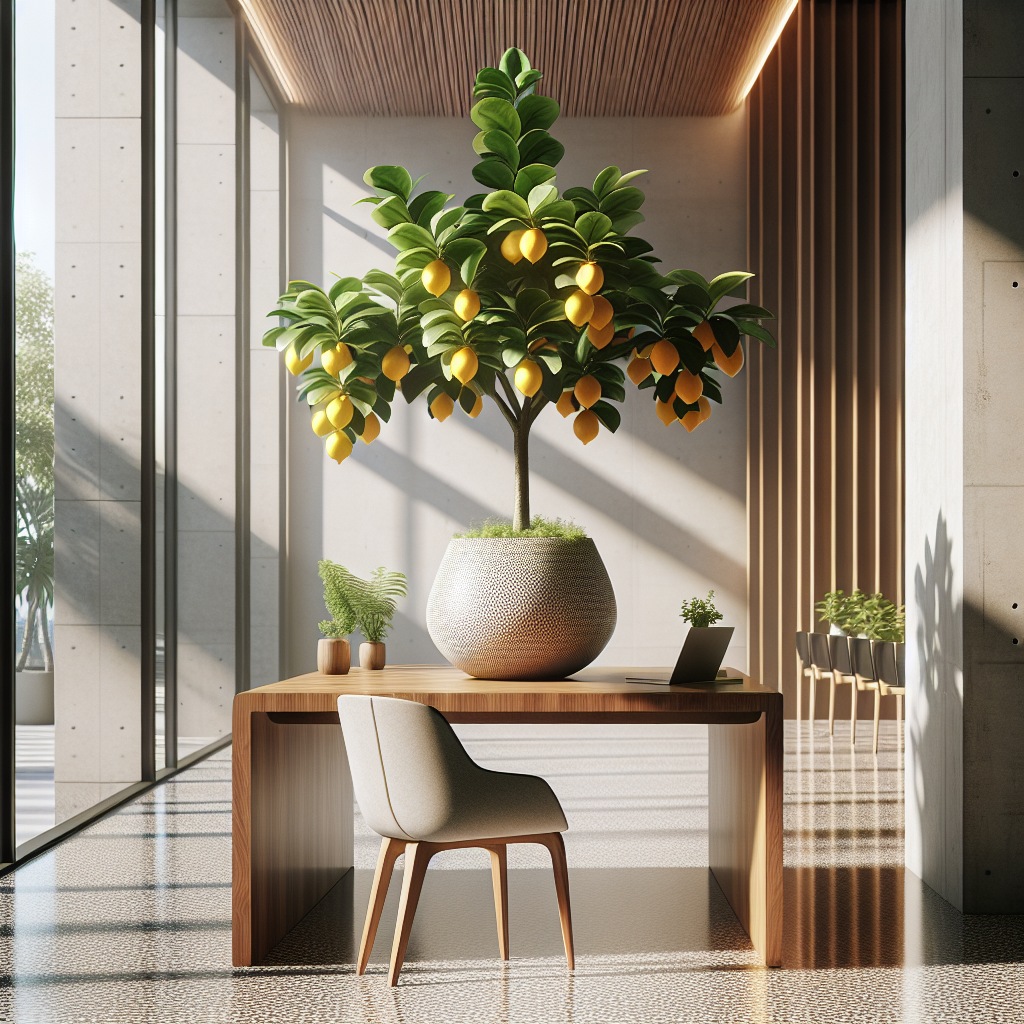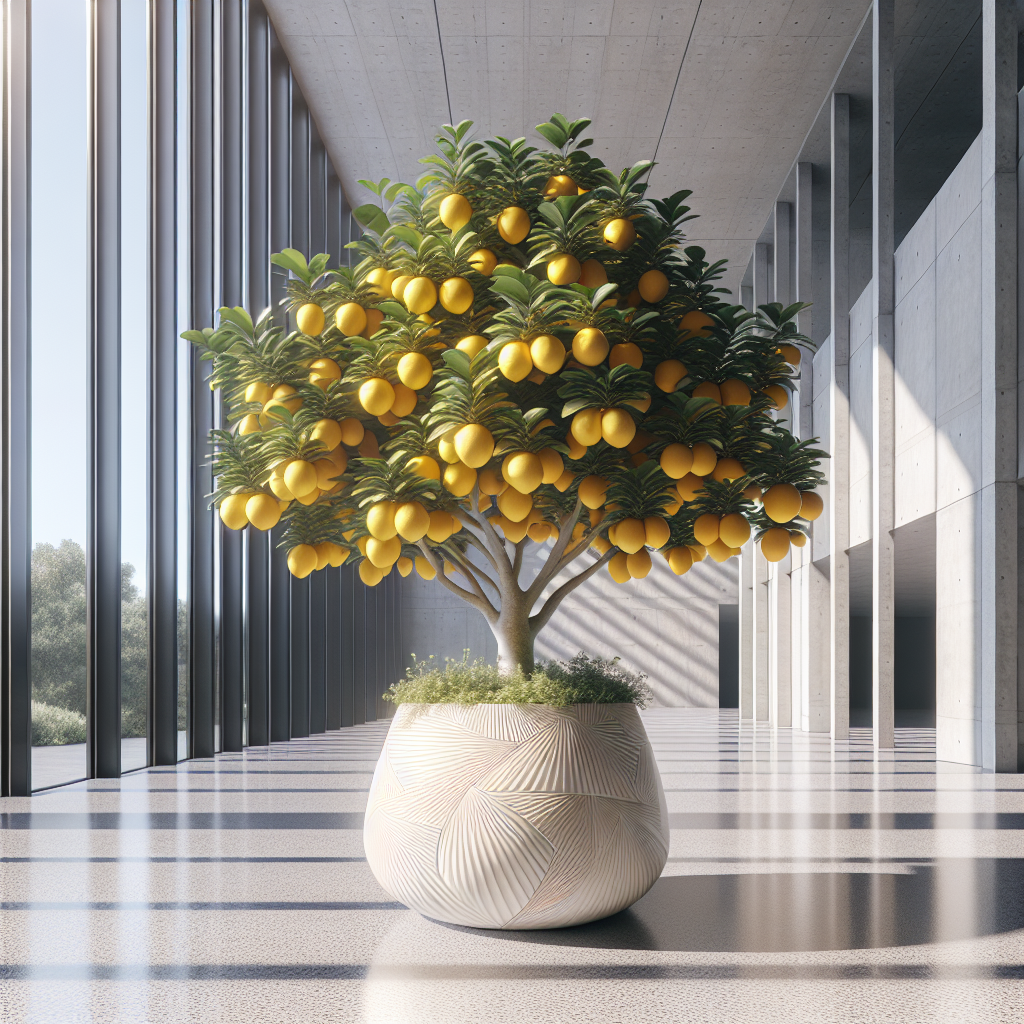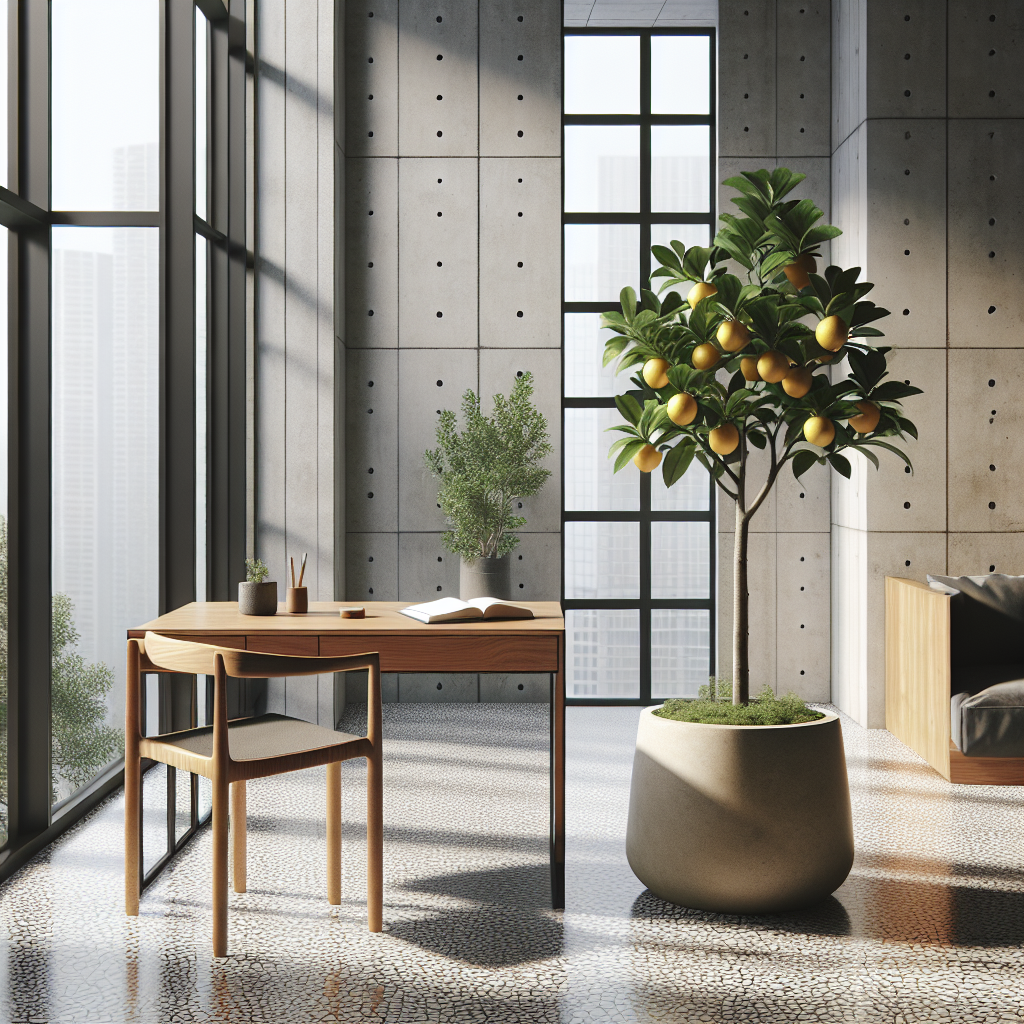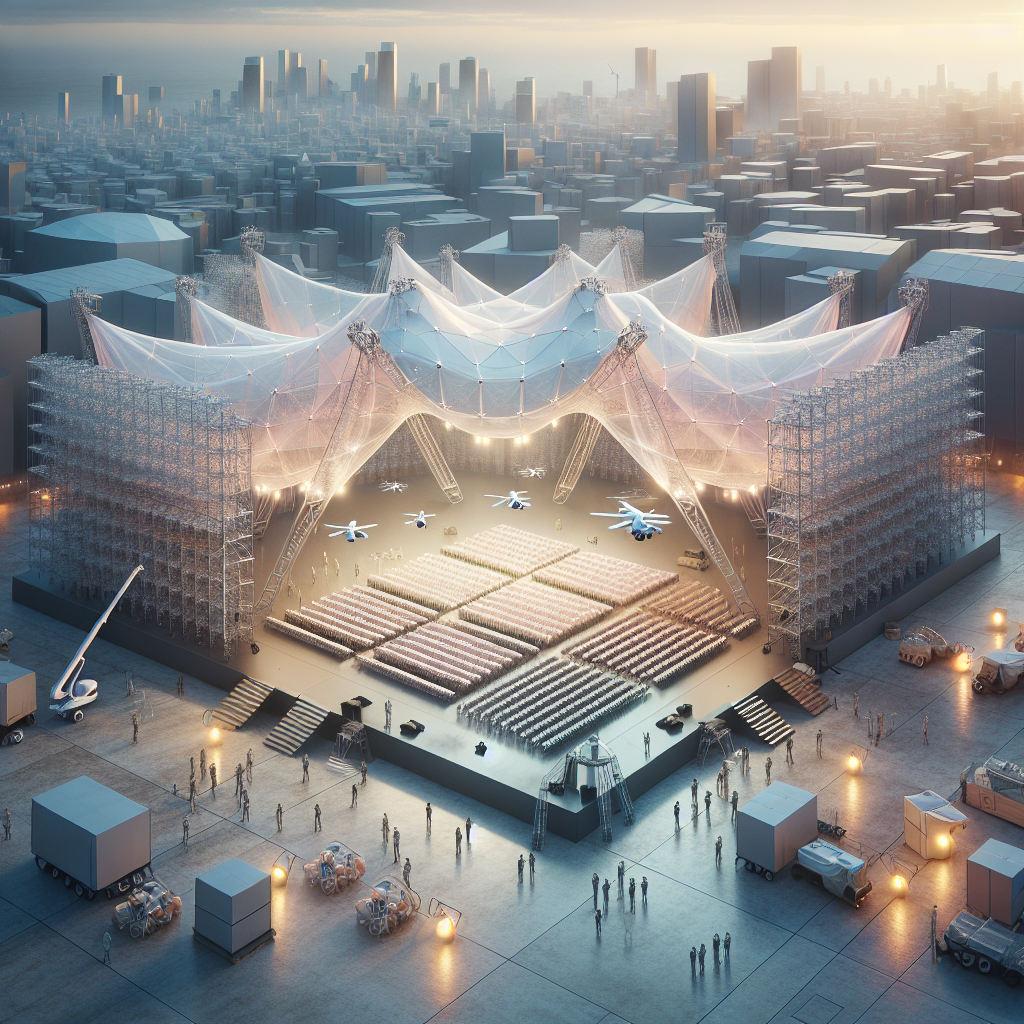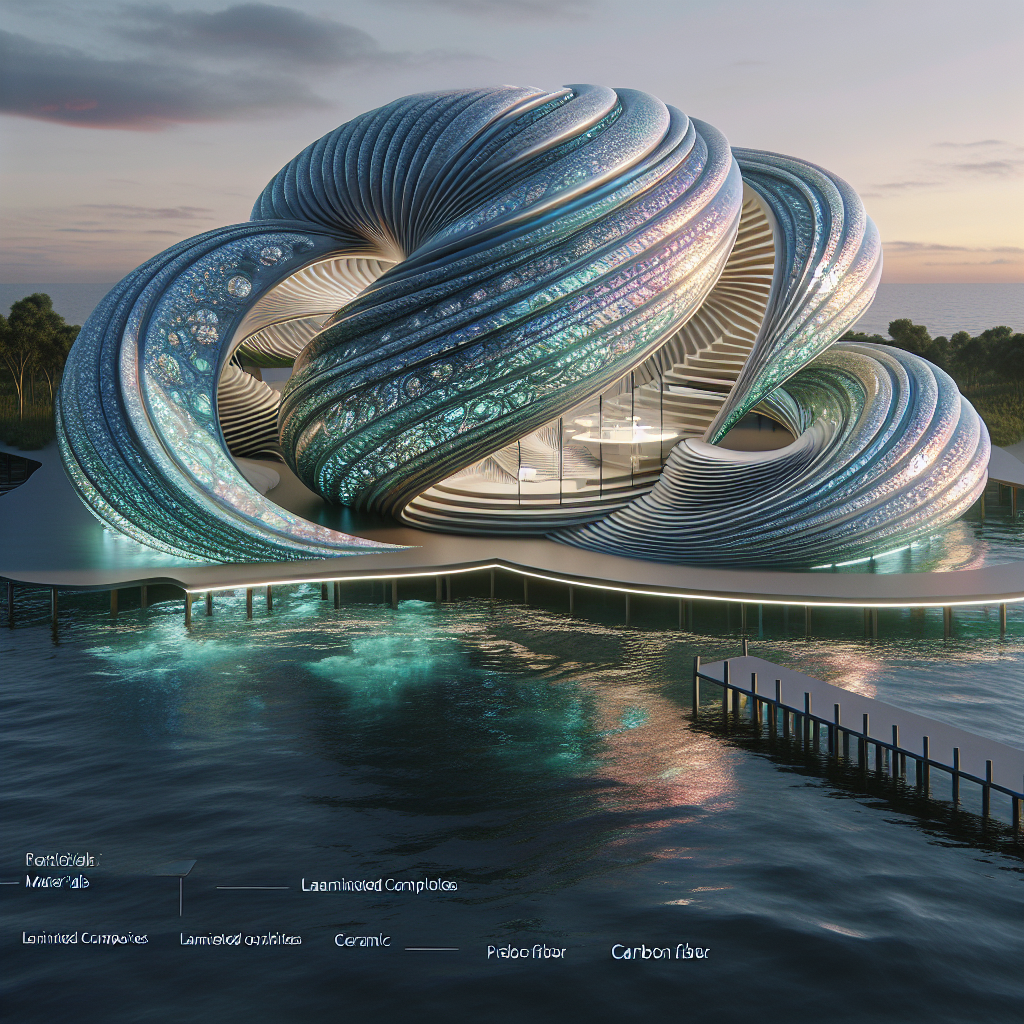Desk-size orchard fruit-bearing: trees as indoor centerpieces
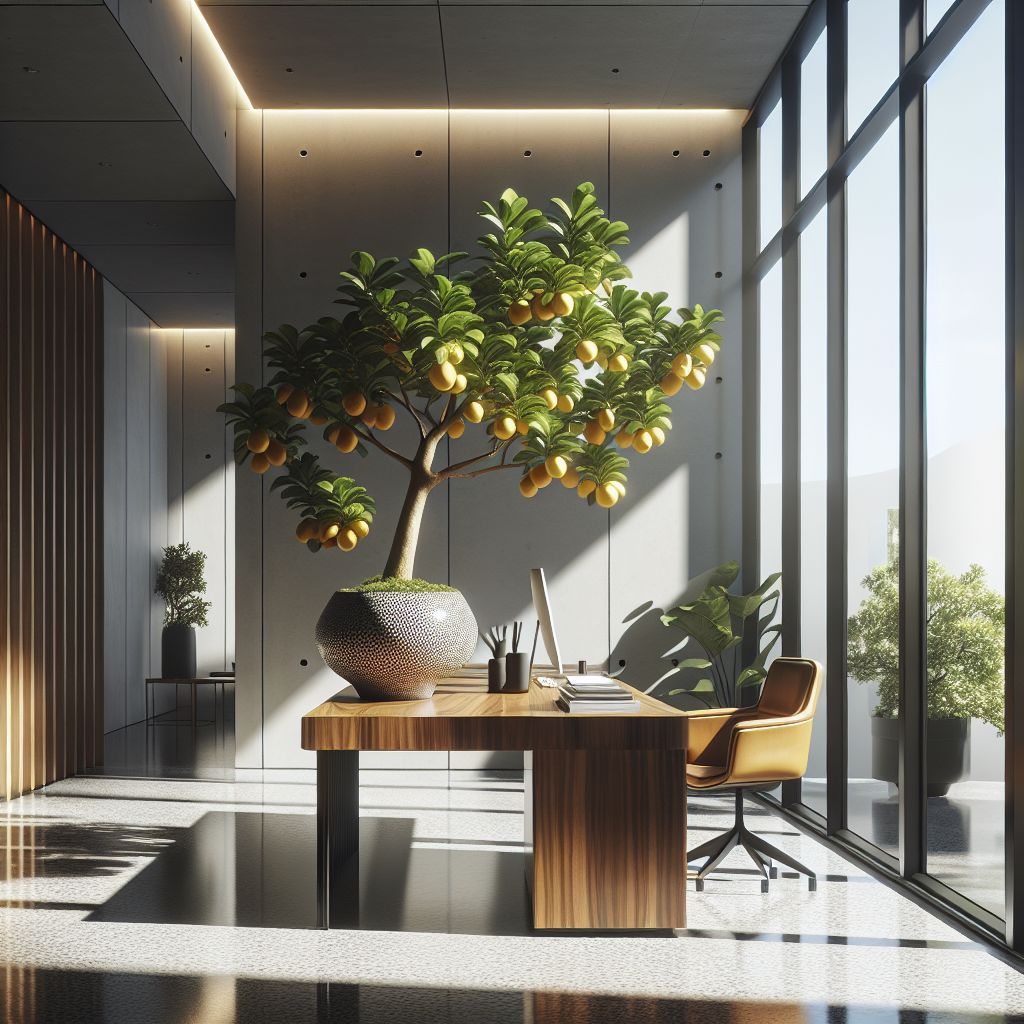
Desk-Size Orchard: Fruit-Bearing Trees as Indoor Centerpieces
In the evolving landscape of interior design, the line between architecture, nature, and lifestyle is becoming increasingly porous. One of the most intriguing developments in this dialogue is the rise of desk-size orchard trees—miniature, fruit-bearing species cultivated as sculptural centerpieces within homes, offices, and hospitality spaces. These living installations are not mere decorative gestures; they represent a deeper shift toward biophilic design, sustainability, and experiential luxury. By merging horticulture with high design, fruit-bearing trees are transforming interiors into sensorial environments that are as nourishing as they are visually arresting.
The Allure of Living Centerpieces
Design professionals have long embraced greenery as a way to soften architectural lines and enhance spatial wellbeing. Yet the current fascination with indoor fruit trees marks a more ambitious step. Unlike potted palms or sculptural succulents, fruit-bearing species such as dwarf citrus, figs, and pomegranates introduce a dynamic cycle of growth, flowering, and harvest. They are not static objects but evolving organisms that engage the senses—offering fragrance, texture, and even taste.
Imagine a glossy-leaved Meyer lemon tree placed at the center of a walnut conference table, its branches heavy with golden fruit. Or a miniature fig tree anchoring a reading nook, its broad leaves casting dappled shadows across terrazzo flooring. These trees become more than decoration; they are narrative anchors that shift the perception of interiors from passive backdrops to living ecosystems.
Biophilia Meets Luxury
The popularity of fruit-bearing trees indoors is inseparable from the broader momentum of biophilic design. Research has consistently shown that proximity to nature improves cognitive performance, reduces stress, and enhances creativity. In high-pressure environments such as design studios, executive offices, or boutique hotels, the presence of a fruiting tree introduces a sense of groundedness and continuity with natural cycles.
Unlike ornamental plants, fruit trees also carry symbolic weight. They evoke abundance, hospitality, and ritual. In Mediterranean cultures, for instance, the olive tree has long been a symbol of peace and prosperity, while citrus trees are associated with vitality and renewal. Integrating these species into interiors adds a layer of cultural resonance that resonates with design-savvy audiences seeking depth beyond aesthetics.
Micro-Orchards and Urban Living
The trend also dovetails with the rise of urban farming and compact living. As city dwellers increasingly seek to reclaim agency over their food sources, desk-size orchards offer a poetic yet practical solution. These micro-orchards are often cultivated using advanced horticultural techniques such as bonsai pruning, hydroponics, or grafting, allowing them to thrive in controlled indoor environments without sprawling growth.
For designers, this opens up new possibilities for multi-sensory interiors. A dining room with a potted calamondin orange tree not only provides visual delight but also infuses the air with citrus fragrance. A co-working space with espaliered apple trees along its walls transforms the atmosphere from sterile to convivial, blurring the line between workspace and orchard.
Design Integration: From Minimalism to Maximalism
Fruit-bearing trees adapt remarkably well to diverse design languages. In minimalist interiors, a single sculptural tree can act as a counterpoint to clean lines and neutral palettes. A dwarf pomegranate in a matte ceramic vessel, for instance, can punctuate a pared-back space with bursts of vermilion fruit. Conversely, in maximalist or eclectic interiors, clusters of fruit trees can create a lush, immersive environment reminiscent of historical orangeries.
Architects and interior designers are also experimenting with integrated planters—custom-built niches in desks, kitchen islands, or shelving systems that house fruit trees as permanent fixtures. These interventions transform trees from movable décor into architectural elements, reinforcing the narrative of interiors as living, breathing spaces.
Technological Innovations Supporting Indoor Orchards
The feasibility of indoor fruit-bearing trees has been accelerated by advances in hydroponic farming, LED grow lighting, and automated irrigation systems. Smart planters now regulate soil moisture, nutrient delivery, and light exposure, ensuring that even novice caretakers can maintain thriving trees. These technologies echo the broader trend of smart home integration, where living systems are seamlessly woven into the digital fabric of daily life.
Moreover, the sustainability narrative is undeniable. By cultivating fruit indoors, households and businesses reduce reliance on long supply chains, aligning with the principles of circular economy design. For luxury hospitality brands, offering guests fruit harvested directly from a lobby tree becomes a powerful statement of authenticity and ecological responsibility.
Case Studies: From Residences to Hospitality
Several pioneering projects have already embraced the concept of desk-size orchards. In Milan, a boutique hotel lobby features a row of dwarf lemon trees integrated into terrazzo planters, their blossoms perfuming the air as guests check in. In Tokyo, a co-working hub has installed modular desks with embedded fig trees, creating intimate work pods framed by foliage. Meanwhile, private residences in New York and Paris are experimenting with indoor olive groves, merging green architecture with high-end residential design.
These examples illustrate the versatility of fruit-bearing trees as both functional and symbolic design elements. They can serve as conversation starters, wellness enhancers, or simply as quiet reminders of the rhythms of nature within urban life.
The Future of Indoor Orchards
As climate-conscious design continues to shape the industry, fruit-bearing trees are poised to become more than a passing trend. They represent a synthesis of aesthetic refinement, ecological awareness, and sensory engagement. For architects and designers, the challenge lies in integrating these living organisms into interiors in ways that feel authentic, sustainable, and culturally resonant.
Looking ahead, we may see the rise of curated “orchard rooms” in luxury residences, edible installations in restaurants, and fruit-bearing trees incorporated into vertical farming systems within office towers. As these practices evolve, they will continue to blur the boundaries between design, gastronomy, and ecology—redefining what it means to live with nature indoors.
A Living Symbol of Design’s Future
The desk-size orchard is more than a horticultural novelty; it is a manifesto for the future of design. By inviting fruit-bearing trees into our interiors, we are not only enhancing aesthetics but also cultivating a deeper relationship with the natural world. In an era defined by digital saturation and environmental urgency, these living centerpieces remind us that true luxury lies in growth, patience, and the quiet abundance of nature.
